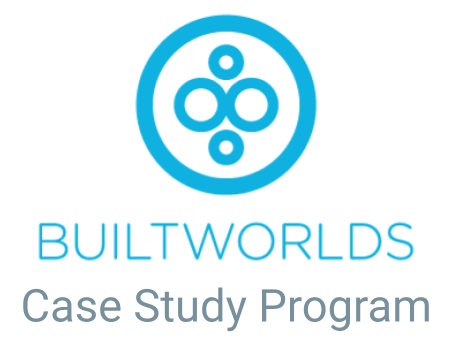Featuring:
Project Details
Burns & McDonnell faced the challenge of stretched-thin experienced workers, resulting in slower site visitations and less efficient distribution asset documentation. With a global reach and a dedication to client-centric project management, the firm needed to innovate its site evaluation and documentation processes.
Burns & McDonnell implemented assisted reality technology using RealWear headsets integrated with the VisualSpection application by Manitoba Hydro International (MHI).
The RealWear HMT-1 headset, chosen for its safety features, field readiness, and long battery life, enabled senior experts to virtually visit and review sites without traveling.
The HMT-1's voice-operated, user-friendly design, along with its high-resolution camera and two-way audio, allowed for effective real-time collaboration between onsite workers and remote experts.

Objectives
The primary objective of the pilot was to allow skilled workers to work more productively to allow them to cover more projects in the same amount of time.
Outcomes
The implementation of RealWear technology proved especially beneficial during the COVID-19 pandemic. Traditional site walk-downs, which required multiple stakeholders to travel, were replaced with virtual tours led by a single onsite worker using the HMT-1. This approach maintained project momentum while adhering to travel restrictions and health guidelines, illustrating the substantial potential of wearable technology in field operations and setting a precedent for its adoption in the industry.
-
- 33% reduction in field errors
- Multi-site monitoring by experienced employees
- 5x increase in speed of asset documentation
- Geotagging and data collection enhancements
“With this augmented reality wearable, we’re able to ensure quality assurance. Our subcontractors are able to prove that they’ve done a job well done and give our clients the amazing product that they’ve come to expect.”
ZACHARY WASSENBERG - XR INNOVATION MANAGER, BURNS & MCDONNELL



